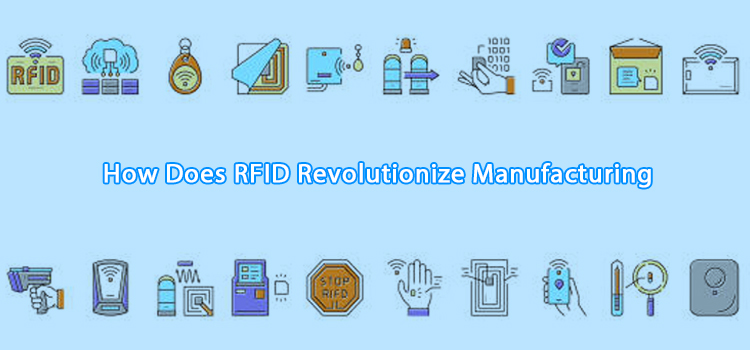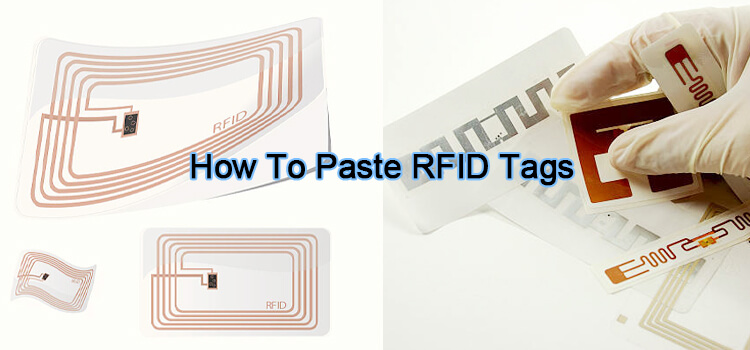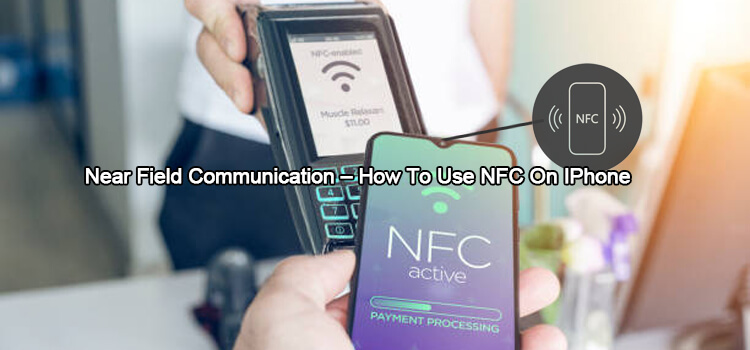Near Field Communication (NFC) uses magnetic induction to enable two devices, such as a smartphone and a payment terminal, to communicate.
It is a subset of RFID technology used in many applications, including contactless payments, loyalty cards, and ticketing. However, it can also be used for a range of other purposes, such as transferring files between devices, controlling smart home devices, and more.
NFC Forum controls the NFC specifications and has developed 6 NFC Forum types to guide the use of the technology. We analyze all the forums and highlight how to use them.
What is NFC Forum? Brief Background
The NFC Forum was founded in 2004 by NXP Semiconductors, Sony, and Nokia. It started as a not-for-profit industry organization and is responsible for developing the NFC specifications.
These NFC specifications are critical since they ensure that all NFC-enabled devices can communicate.
The NFC Forum works towards promoting, developing, and certifying NFC technology. It does this by developing specifications and promoting their use across different industries.
The NFC Forum has also developed six different types of forums to guide the use of the technology. We will now look at each of these forums in more detail.
6 NFC Forum Types
NFC Forum Type 1
These tag types are used for read/write operations and can store up to 2 kilobytes of data.
They are used in retail applications, such as coupon redemption or product authentication. Other of its features include:
- Operations Based on ISO 14443A Standard. This certification ensures interoperability when using different NFC-enabled devices.
- No Data Conflict Protection. Unlike other forum types, if two devices attempt to write to the tag simultaneously, it can result in data conflict. As such, it’s crucial to ensure that only one device is writing to the tag at any given time.
- Highly Affordable. These tags are the most affordable and are typically used for low-cost applications. They can be used in high-volume areas where short-term data storage is required.
- 96-Byte Memory. These tags come with a 96-byte memory, enough to store a unique identifier for each product. They also boast a transmission rate of 106kbits/s. As such, they are ideal for high-volume applications.
- Readable/Writable but Configurable as Read-Only
Additionally, the NFC Type 1 tags are compatible with several products, Innovision and Topaz. This feature gives developers the flexibility to use a single tag type for multiple applications.
NFC Forum Type 2
These tags are used for read/write operations and can store up to 48/144 bytes of data. They are derived from the NXP MIFARE Ultralight tag. Other of its features include:
- Based on ISO 14443A. These tags are made with similar specifications as NFC Type 1 tags, ensuring interoperability. They are safe for use in contactless payments.
- Configurable as Read-Only or Read/Write
- Compatible with NXP MIFARE Ultralight Tag. This compatibility allows developers to use a single tag type for multiple applications.
- 48/144-byte Memory. These tags come with a 48/144-byte memory, which is enough to store a limited amount of data. They also boast a transmission rate of 106kbits/s.
- Data Conflicts Protected. These tags have an anti-collision feature, enabling for ease of use, even in a place with lots of radio waves.
NFC Forum Type 3
These tags are used for read/write operations and can store up to 9 kilobytes of data. They are based on the Sony FeliCa technology.
The tags have data conflicts protection. They are used in access control, such as opening hotel room doors or controlling building access. Other of its features include:
- Based on Japanese industry-standard (JIS) X 6319-4. This certification ensures interoperability when using different NFC-enabled devices.
- Configurable as Read-Only or Read/Write
- Compatible with Sony FeliCa Technology
- 1, 4, 9 Kilobyte Memory. These tags come with 1, 4, or 9 kilobytes of memory, which is enough to store a moderate amount of data. They also boast a transmission rate of 212 or 424kbits/s.
NFC Type 4
These tags are used for read/write operations and can store up to 4Kb/ 32Kbs of data. They are based on the NXP DESFire tag. They are also compatible with SmartMX-JCOP.
Other of its features include:
- Configurable as Read-Only or Read/Write
- Based on ISO 14443A Standard. These tags are made with the same specifications as NFC Type 1 tags, ensuring interoperability between different devices. They are safe for use in contactless payments.
- 4Kb/ 32Kb Memory Size. These tags come with 4Kb or 32Kb of memory, enough to store a significant amount of data. They also boast a transmission rate of 424kbits/s, 212kbits/s, or 106kbits/s.
- Data Conflicts Protected. If two devices attempt to write to the tag at the same time, it will result in data conflict. As such, it’s important to ensure that only one device is writing to the tag at any given time.
NFC Type 5 Tag
This is one of the latest tag types in the market. It offers lots of improvements that guarantee a better user experience.
It is a miniaturized, long-distance tag with a transmission rate of up to 53kbits/s. It is also compatible with ICODE SLI-Xseries/TI 2K/ST LRI2K.
It is typically used in proximity marketing, such as providing product information or special offers while the customer is near the product. Other of its features include:
- Based on ISO 15693 Standard. This certification ensures interoperability.
- Configurable as Read-Only or Read/Write
- Different Memory Sizes. The tag comes with different memory sizes, such as 256 bytes, 896 bytes, 1280 bytes, and 2528 bytes.
- No Data Conflicts. This tag does not have data conflicts. As such, it can be read and written simultaneously by multiple devices.
NFC Forum Type 6 Tag
This is the latest tag type from the NFC Forum. It is based on the ISO-14443A standard and is designed for use in contactless payments. It has data conflict protection features.
It has a transmission rate of 106kbits/s and a memory size of 1kb or 4Kb. It is typically used in contactless payments, such as paying for items in a store or withdrawing money from an ATM. Other of its features include:
- Configurable as Read-Only or Read/Write.
- Compatible with Smartphones. This tag type is compatible with the latest smartphones, making it easy for customers to use. It also works well with M1 (S50 F08).
When choosing your ideal tag, it’s important to consider the different NFC Forum types and what each one can offer. By understanding the different types, you can make an informed decision about which tag is best for your needs.
NFC Type 1 and 2 are the cheapest options and are typically used for access control or data logging. However, they are not as compatible with smartphones as other tag types.
If you want more advanced features, such as compatibility with smartphones and data conflicts protection, then NFC Tags Types 5 and 6 are the best options. They offer a wide range of features that make them ideal for a variety of uses.





